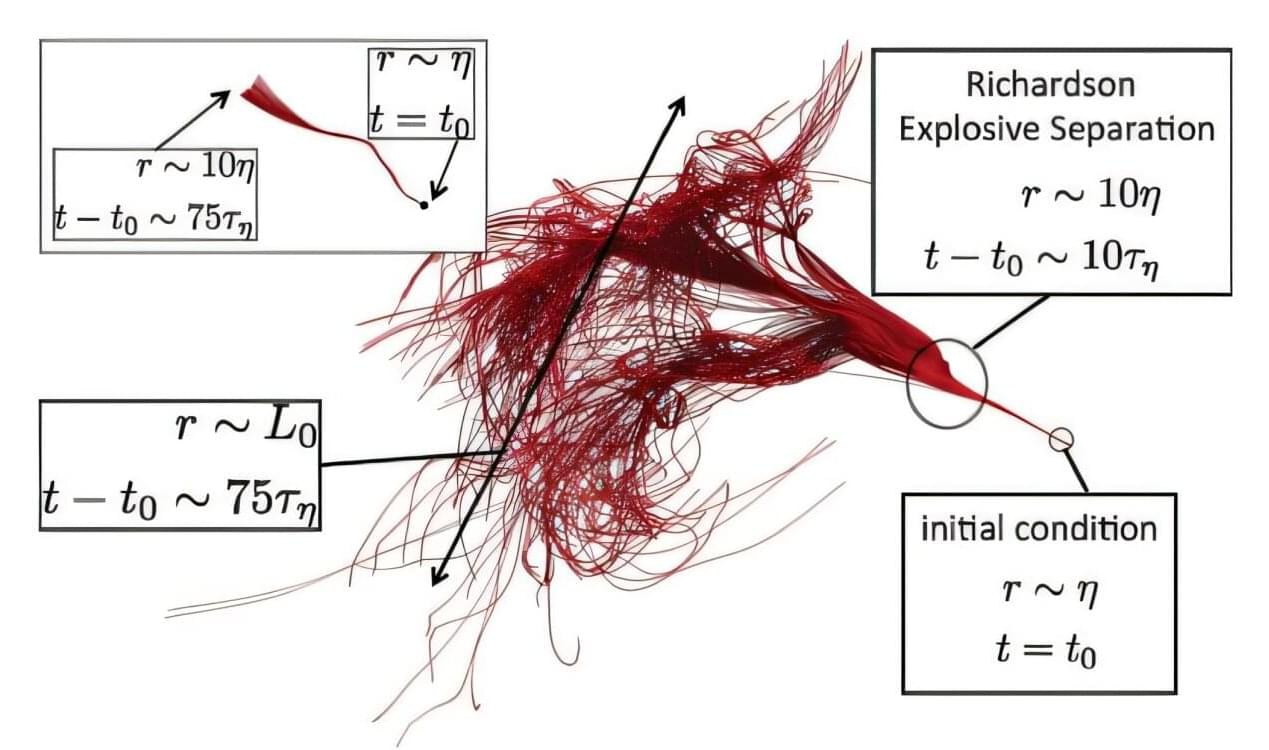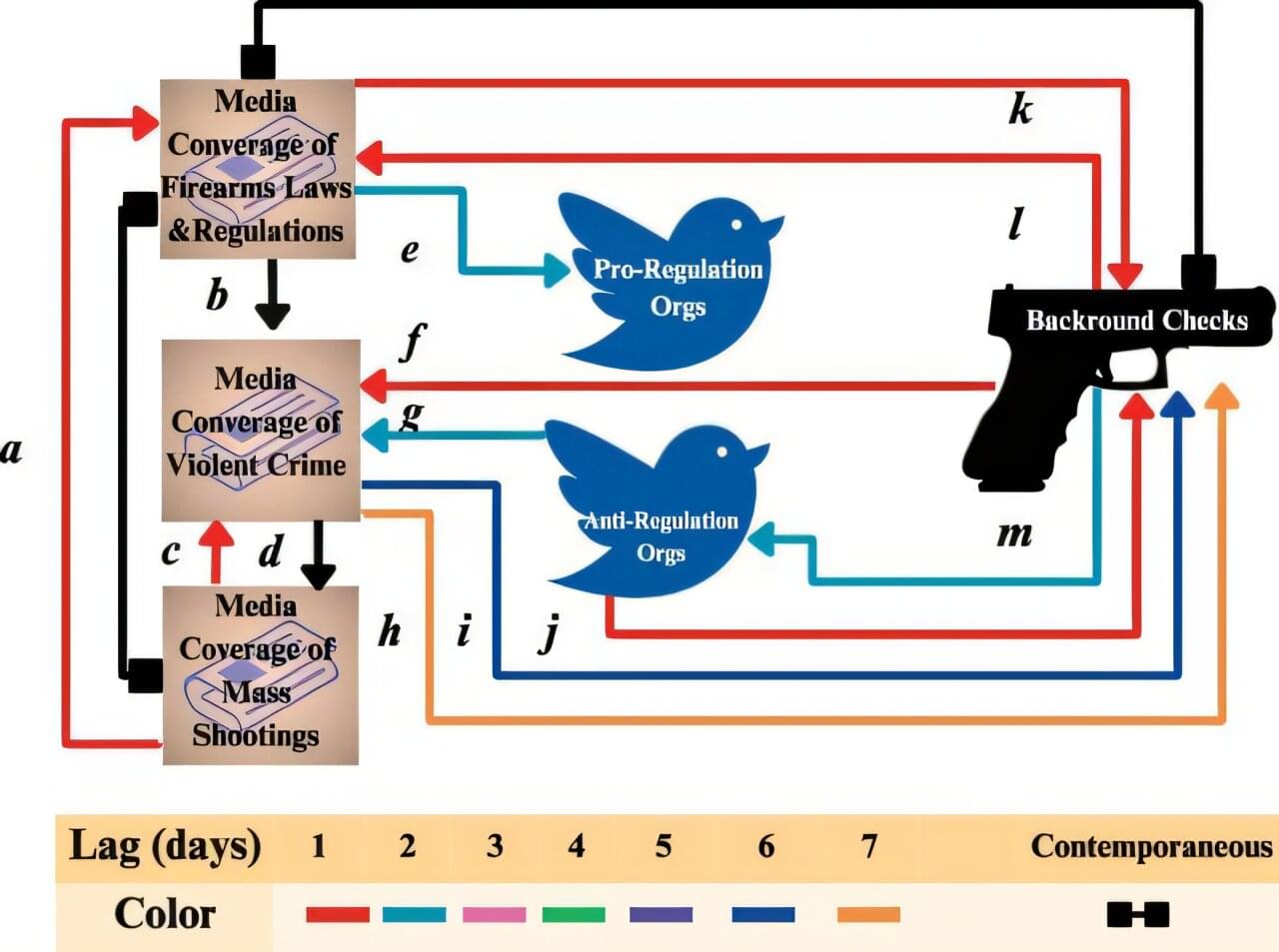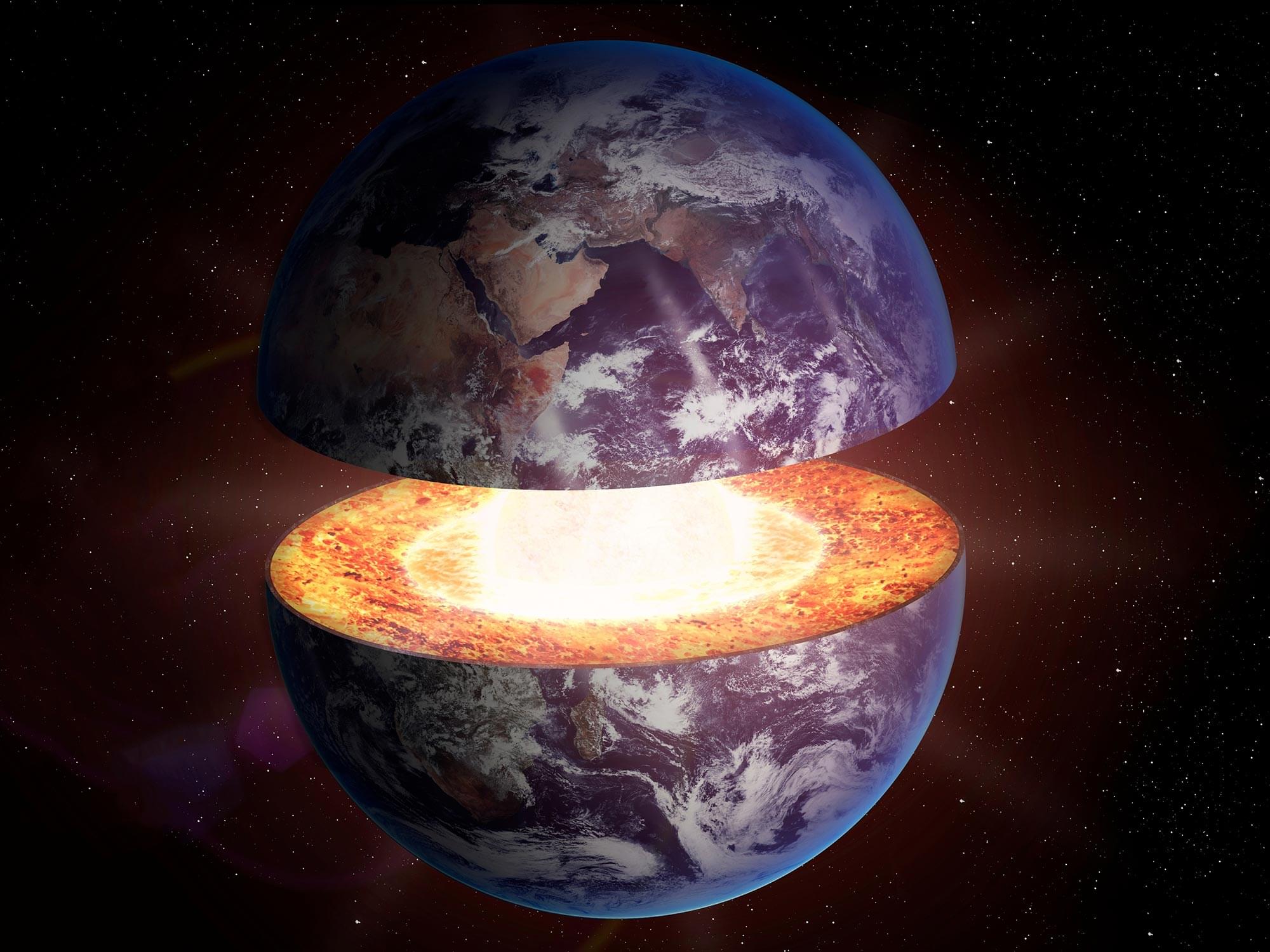A sneeze. Ocean currents. Smoke. What do these have in common? They’re instances of turbulence: unpredictable, chaotic, uneven fluid flows of fluctuating velocity and pressure. Though ubiquitous in nature, these flows remain somewhat of a mystery, theoretically and computationally.
“Most flows that we encounter in nature are turbulent—it does not matter whether it is the flow outside the airplane that makes us fasten our seatbelts, or the flow in a small stream,” said UC Santa Barbara mathematics professor Björn Birnir.
“Turbulence is difficult to understand because the mathematical models that describe it are nonlinear, stochastic and the solutions are unstable. This made it necessary to develop new theories to truly understand the nature of turbulence.”









